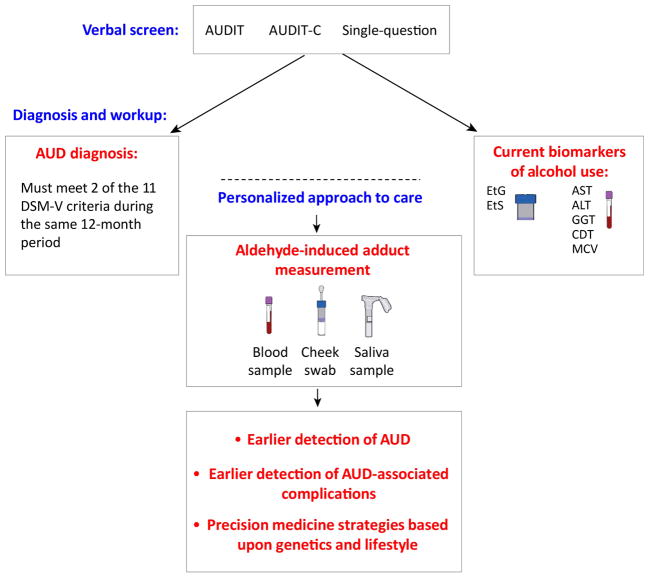Figure 1. Proposed Scheme to incorporate the measurement of aldehyde-induced adducts in clinical practice.
Following a positive verbal screen, we propose practitioners can formally diagnose AUD using both criteria outlined in the DSM-V (which includes meeting two of 11 DSM-V criteria) and measurement of aldehyde-induced adducts. Aldehyde-induced protein and DNA adducts can be collected by a blood sample, saliva sample, or a cheek swab, and the sample can be analyzed by mass spectroscopy or an immunoassay such as ELISA for quantification. Adhering to current patient guidelines, standard biomarkers of alcohol use, including AST, ALT, GGT, CDT, and red blood cell MCV may be tested concurrently. ALT = alanine aminotransferase, AST = aspartate aminotransferase, AUDIT = Alcohol Use Disorders Identification Test, CDT = carbohydrate deficient transferrin, ELISA = enzyme-linked immunosorbent assay, GGT = gamma-glutamyl transferase, MCV = mean corpuscular volume.

